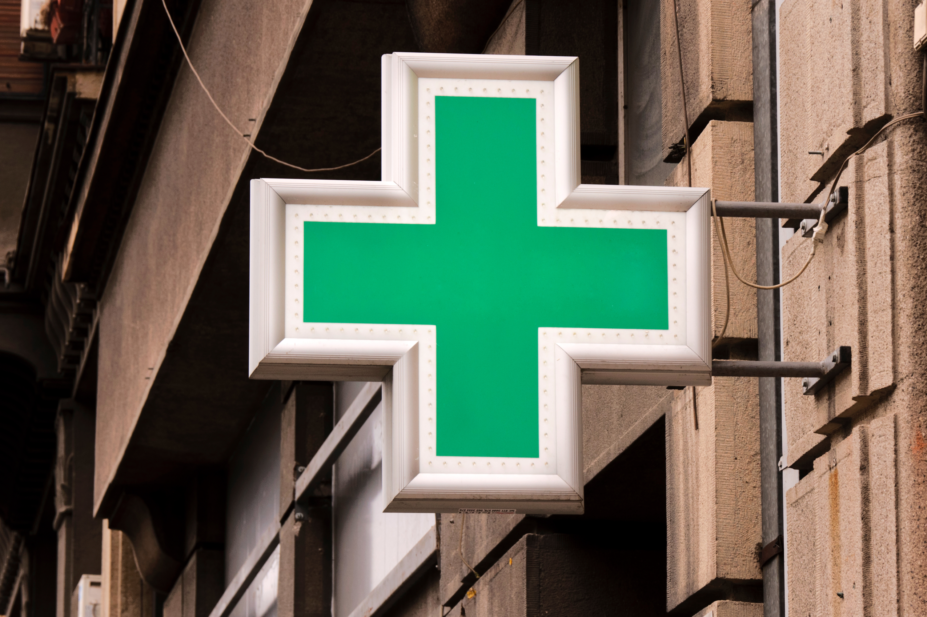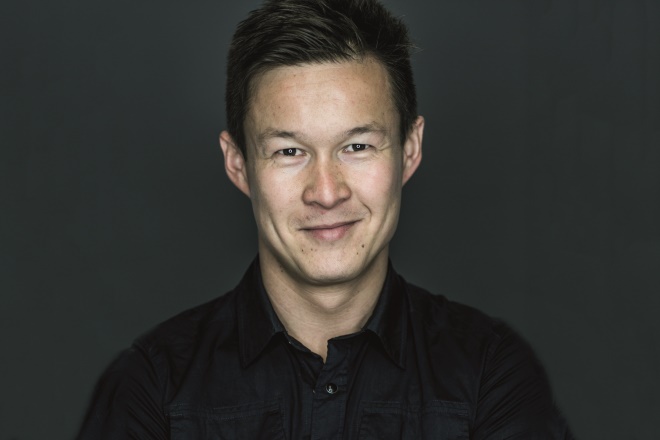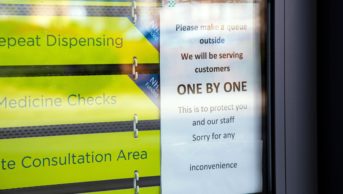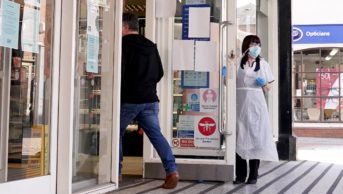
Shutterstock.com

Source: Courtesy of Andre Yeung
Andre Yeung, chair of the Northumberland, Tyne and Wear Local Professional Network and project manager for the Community Pharmacy Referral Service at NHS England, says his team is getting a good number of referrals from the North East Ambulance Service
A scheme that has seen thousands of patients referred to pharmacists after calling NHS 111 is to be extended to London, Devon and the East Midlands.
The Digital Minor Illness Referral Service, a pilot scheme referred to as the Community Pharmacy Referral Service (CPRS) which has seen 6,000 patients in the north-east of England directed to community pharmacy rather than to A&E or GPs, is to be replicated with three further pilots following the success of the scheme.
The three pilots are due to be launched by early autumn 2018 and will adopt the same model as that used in the North East, with some minor adaptations dependent on the local NHS 111 case mix. An evaluation will then help to inform any next steps for the project.
“This innovative scheme is using improved technology and new models of care to help pharmacists and their teams to relieve the pressure on the urgent and emergency care system,” said Bruce Warner, deputy chief pharmaceutical officer at NHS England.
“Working as part of multidisciplinary, integrated teams, the referral to community pharmacy is enabling the NHS to get the best value from pharmacists’ clinical expertise for the benefit of patients.”
The CPRS was launched in December 2017, to refer ‘low-acuity’ patients from NHS 111 directly to community pharmacy, and the 6,000 patients it has referred so far represent approximately 2% of the NHS 111 call volume in North East. Previously, just 0.1% of NHS 111 calls went to community pharmacy.
Of those referred to pharmacy via the service, almost two-thirds attended the pharmacy, of which 31% received advice and over-the-counter medicine, while another 31% received just advice, 12% were directed to a GP and 12% to an out-of-hours appointment or walk-in centre.
“We are getting a good number of referrals from the North East Ambulance Service [NEAS], who run the NHS 111 service here in the North East,” said Andre Yeung, chair of the Northumberland, Tyne and Wear Local Professional Network and project manager for the CPRS at NHS England.
“Pharmacists are doing a great job of seeing patients on the ground … before this service, these patients would have been sent to other locations within the NHS.
“Although this is business as usual for pharmacists, they are performing a really important role in terms of relieving pressure on both out-of-hours and in-hours services,” he added.
Sue Tucker, strategic head of the Emergency Operations Centre at the NEAS, said that the pilot provided a better service for patients by allowing them to access care closer to home and at their own convenience, and also supported the wider healthcare economy.
“As with the rest of the NHS 111 service we provide, satisfaction rates amongst our patients have been very high for this service and we look forward to seeing the final evaluation,” she added.

Source: Nadia Attura / Royal Pharmaceutical Society
Chief pharmaceutical officer Keith Ridge said in his address to the Clinical Pharmacy Congress in April 2018 that he was pleased with the referral scheme
More than 388 pharmacies across Durham, Darlington, Tees, Northumberland and Tyne and Wear — around two-thirds of the pharmacies in the area — have signed up to take part in the project. The pharmacies get paid for each referral, participation in the project and evaluation.
“It gives us really fantastic coverage — and that’s thanks to the efforts of the five local pharmaceutical committees in the North East who’ve done a really good job of engaging pharmacies across the region,” explained Yeung.
“This has been driven by local pharmaceutical committees in Northumberland, Tyne and in Wear and Durham, Darlington and Tees.
“Obviously we’ve been working in partnership with the Pharmacy Integration Fund and NHS England — but it’s been driven locally in terms of the idea and how to build that into an attractive prospect for NHS commissioners.
“I think that’s a really important message for pharmacy — whether it be for long-term conditions, prevention-focused initiatives or acute services for other parts of the country, it is possible to do things from the ground if you structure it and have the determination to push though barriers.”
Yeung said that the concept of bringing community pharmacy and urgent and emergency care systems together was “valid”, and other areas of the country should be looking at.
However, he pointed out that every area is different and that this should be taken into account.
“From a practical point of view, in terms of what we’re doing in the North East, I think it is a more nuanced bit of work that needs to be undertaken by each area,” he said.
In his keynote address at the Clinical Pharmacy Congress on 27 April 2018, Keith Ridge, chief pharmaceutical officer for England, drew delegates attention to the CPRS and said that he was “really pleased” with the scheme, as were his colleagues in the North East — “so let’s see where that takes us”.
Minutes from local LPC meetings credit the scheme with relieving pressure on GPs and emergency departments over Christmas and New Year. They also show that coughs were the condition most frequently referred to community pharmacy, while 80% of patients said they were ‘very satisfied’ with the service.
The service was extended in April 2018 until September 2018.
NHS Digital figures have shown that less than 1% of all NHS 111 referrals in England result in a direction to a community pharmacy and most calls will default to other primary care locations such as GPs, walk-in centres and emergency departments.


